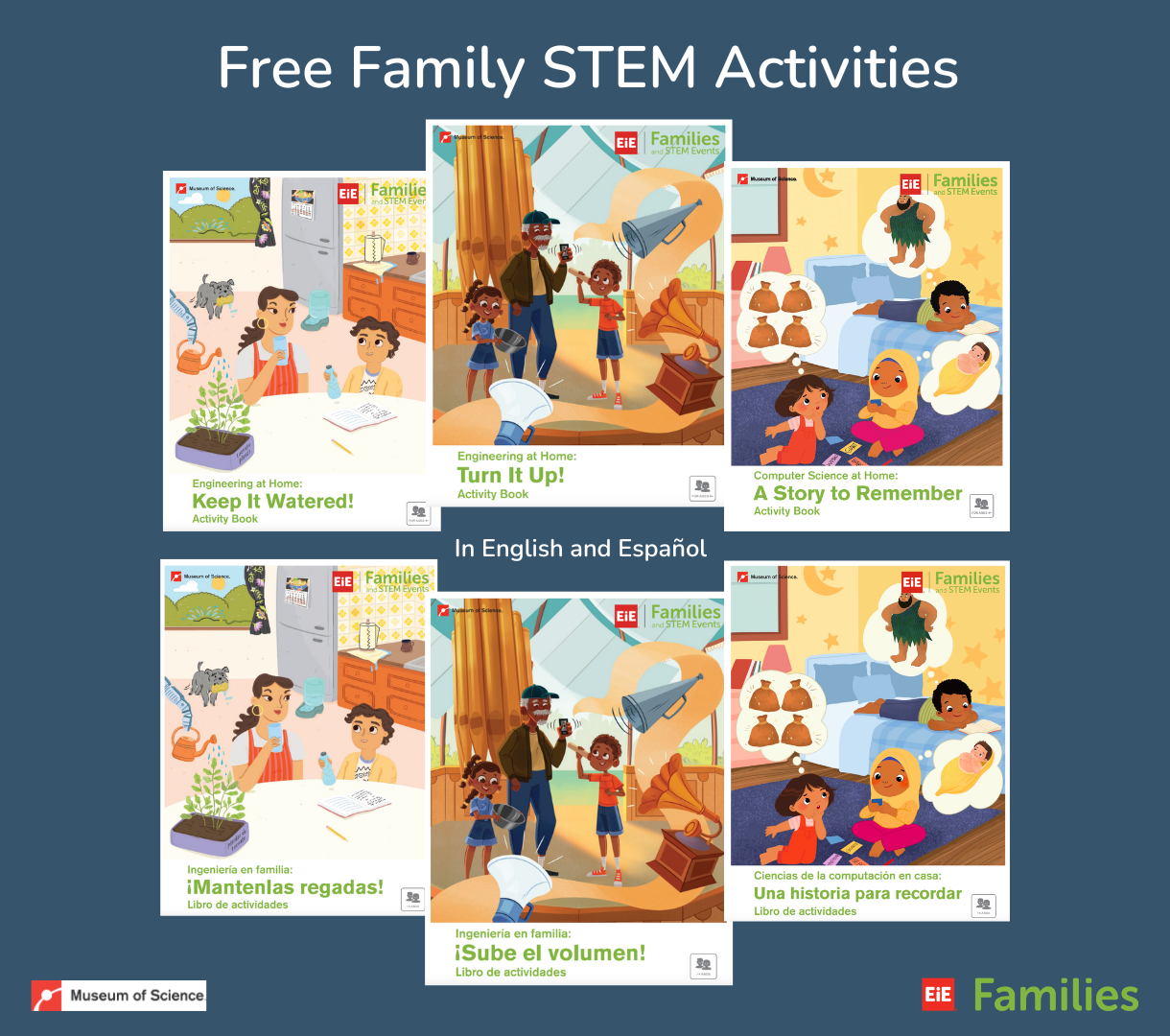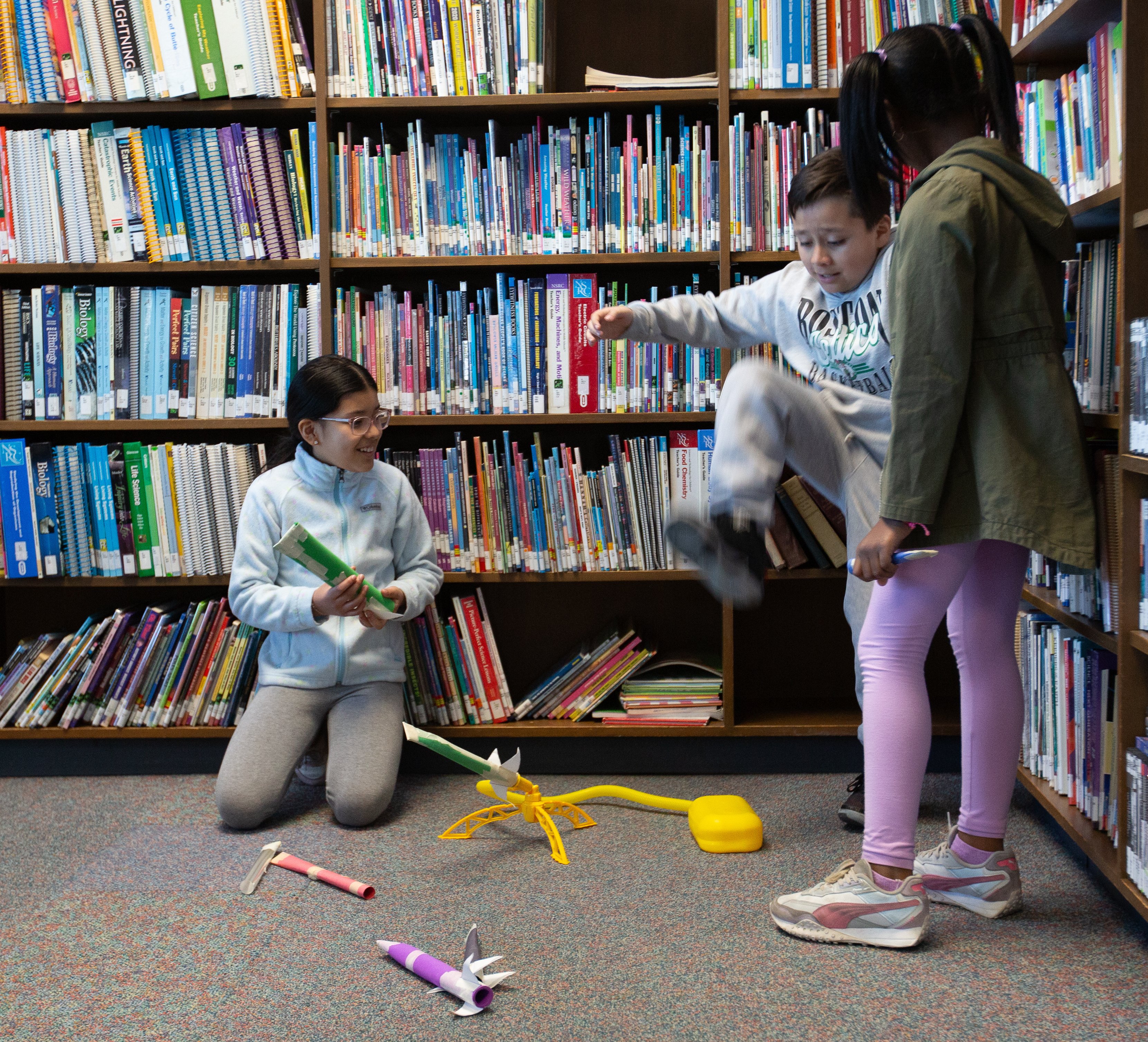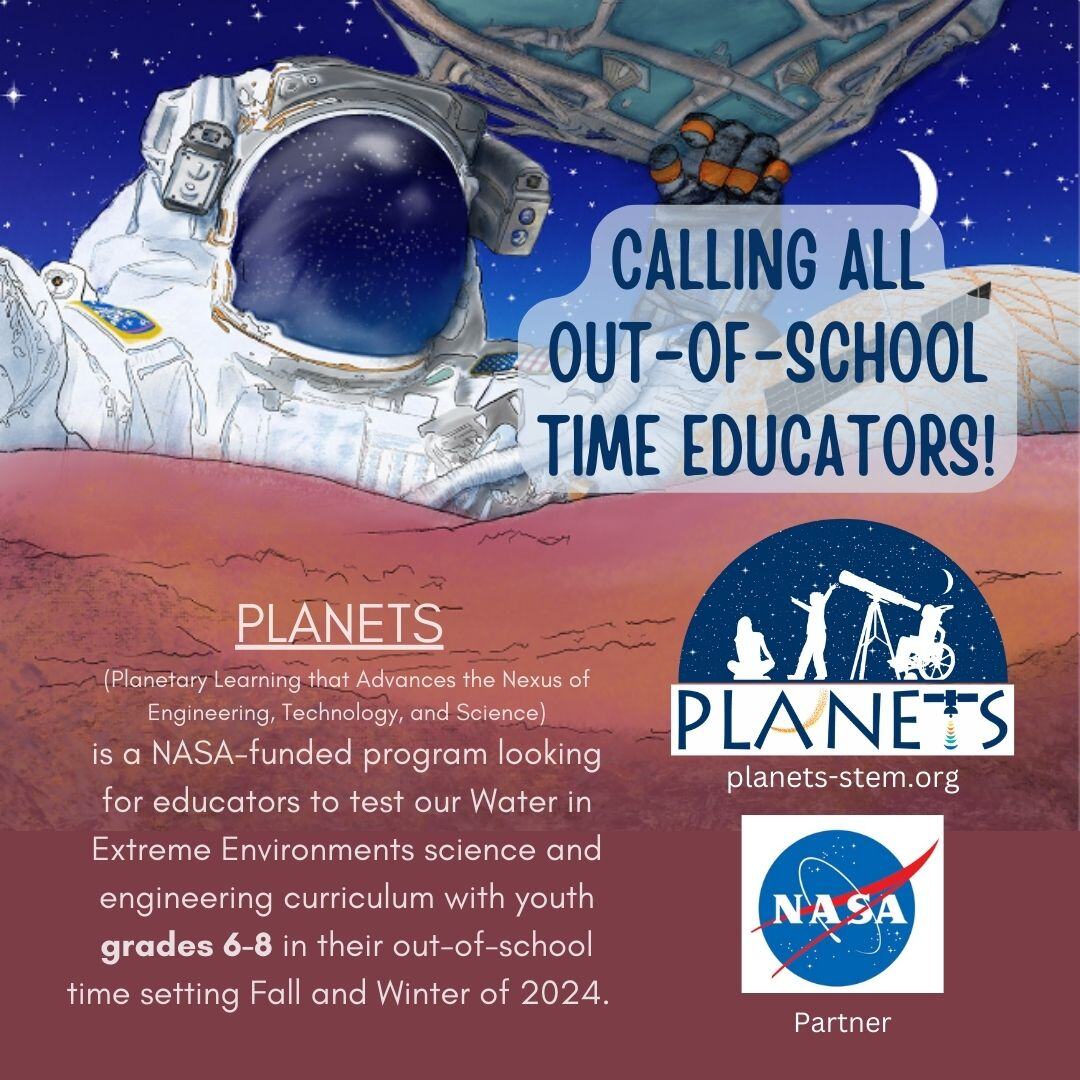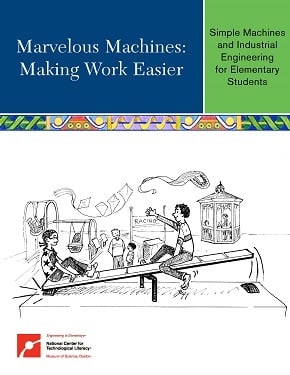 |
Children learn in different ways. Some students respond particularly well to kinesthetic or embodied learning—learning through body movement and dance. If you’re teaching the Engineering is Elementary unit Marvelous Machines: Making Work Easier, here’s a brilliant idea from Amy Williams, the dance teacher at Indianola Informal K-8 in Columbus, Ohio: integrate dance with your students’ exploration of simple machines.
Engineering and Dance Are Surprisingly Similar!
When second-graders at Amy’s school learned about simple machines in science class this year, the lessons integrated both engineering and dance. “First, students used the engineering design process to see what they could create using simple machines,” Amy says. “Then, the students came to the dance room, where we compared the engineering design process to the process that the choreographer David Parsons uses to create a dance.”
As it turns out, the two processes are almost indistinguishable. “Choreography is all about breaking a dance down into the basic elements, like the shapes you make with your body, the spaces you occupy as you move about the stage, and the timing—rhythmic or not—of your movements)” Amy notes. “You present these basic elements, and then allow the children to re-build. They pull together different elements to create meaning.”
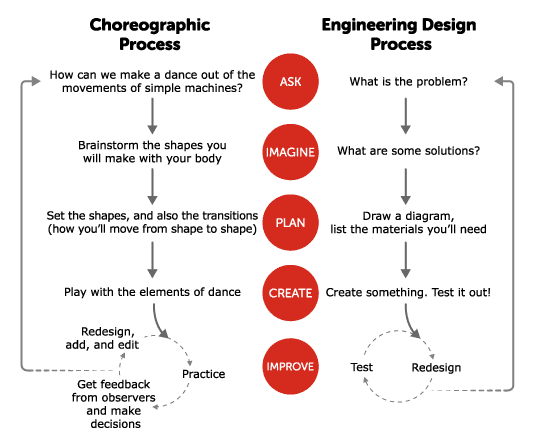 |
| The choreographic process (left) is much like the engineering design process (right). |
See for Yourself
| Dance helps these students master science concepts. |
After watching a video of the choreographer at work, Amy’s students explored the way simple machines move, and how these movements could be represented in dance. Finally, working in pairs, the students choreographed their own dances—each one inspired by the movements of a different simple machine.
Watch the video (above right) to see what students created this year! Can you spot the inclined plane, lever, pulley, screw, gear, wheel and axel? Do you see the demonstrations of force and load?
Communicating your results is just as important in dance as it is in science and engineering! Amy videotapes her student dancers, then shows the video on Parents’ Night, as each student interprets their own movements for their family.
Dance Integrates with Many Science Topics
Feeling inspired? Amy says, you can integrate dance with many science topics, not just simple machines! She’s worked with first graders who were learning about volcanoes (and solids, liquids, and gases) to create a dance to depict lava as it bubbles up, explodes, travels down the volcano, and hardens.
Other students have danced the life cycle of a butterfly, from egg to larvae to adult. And one kindergarten class, after learning about states of matter, read a poem about a snowman blowing through the door and melting on the floor. “When we retold the poem that in dance,” Amy said, “we also evaporated, blew back out, and became snow again!”
Next Steps: Integrating Dance and EiE
This summer, Amy will be working with educational researchers at Ohio State University on a project to bring science, engineering and dance to other schools—adding the Engineering is Elementary curriculum to the mix. The work is funded through an “Improving Teacher Quality” grant from the Ohio State Department of Education. Stay tuned for more news.
Try It In Your Classroom
If you’re inspired to add dance to your STEM program, but your school doesn’t have a dance teacher like Amy on staff, don’t despair—get creative! “Do it yourself, ask the physical education teacher to join in, or reach out to community artists,” Amy advises.
Engineering is Elementary is a project of the National Center for Technological Literacy at the Museum of Science, Boston.



